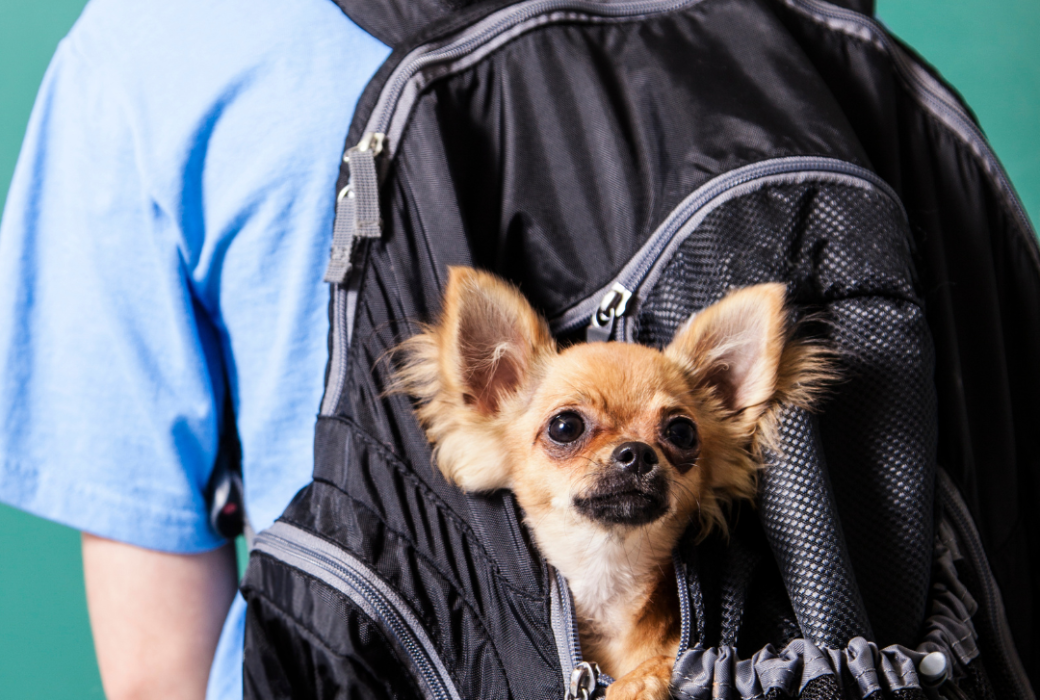As the summer sun begins to wane and the smell of freshly sharpened pencils fills the air, it’s that time of year again – back to school season.
While parents and students alike prepare for the return to the classroom, one often overlooked member of the family may be feeling the effects of this transition just as keenly – your beloved Dog.
In this blog, we’ll explore how the start of the school year can impact your dog and offer some valuable tips on helping them adjust to the changes.
The Bond Between Dogs and Humans
Dogs are famously known as “man’s best friend” for a reason. They develop strong emotional bonds with their human counterparts and often thrive on the attention and companionship they receive.
Throughout the summer, families often spend more time at home, providing constant interaction and engagement with their furry friend. However, the abrupt shift that comes with the start of the school year can leave your dog feeling confused and anxious.
Signs of Canine Distress
It’s important for pet owners to be attuned to the signs of distress that their dogs might display when the household dynamic changes. Common signs of distress include:
- Separation Anxiety: Dogs may become anxious when left alone after being accustomed to constant companionship over the summer.
- Excessive Barking: If your dog starts barking more frequently or intensely, it could be a sign of distress or loneliness.
- Changes in Appetite: A sudden decrease in appetite or overeating can indicate emotional turmoil.
- Destructive Behavior: Dogs might engage in destructive behaviors, such as chewing furniture or belongings, as a way to cope with stress.
- Reduced Energy: If your usually active dog becomes lethargic or withdrawn, it may be due to emotional distress.
Managing the Transition
The good news is that there are several effective strategies to help your dog navigate the back-to-school transition:
- Gradual Adjustment: Start gradually adjusting your dog to a new routine before school starts. Begin by leaving them alone for short periods and gradually increase the duration.
- Positive Associations: Create positive associations with your departure by giving your dog treats or engaging in a fun activity before leaving.
- Enrichment Activities: Provide stimulating toys or puzzles that can keep your dog mentally engaged while you’re away.
- Regular Exercise: Maintain your dog’s regular exercise routine, as physical activity can help alleviate stress and anxiety.
- Scent Comfort: Leave an item of clothing with your scent on it to provide comfort and familiarity.
The start of the school year can be a period of adjustment not only for students but also for the four-legged members of our families. By understanding the potential impact on your dog and taking proactive steps to ease their transition, you can ensure that your furry friend continues to feel loved, secure, and happy. Remember, a little extra attention and care during this time can go a long way in helping your dog adapt to the changing household dynamics. So, as you embark on your back-to-school journey, be sure to include your canine companion in your plans for a smooth and harmonious transition.


